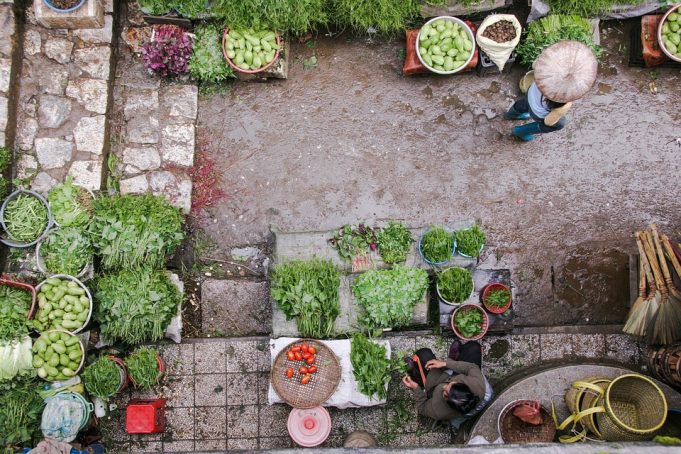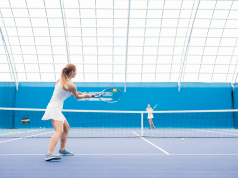If you’ve always dreamed of ditching your big-city life in favor of growing your own food in the back woods, get started now with container gardening! You would be surprised at how many plants can live happily on a balcony and in the house. Many varieties of fruit and vegetable can be grown in a small space.
Evaluate your space before you purchase gardening supplies and plants. Some plants can do well in smaller containers, but need more sunlight. Some need larger containers, but can be grown with little sunlight. Herbs, for example, can be grown in small containers, but need at least 5, preferably more, hours of sunlight. Leafy greens, like lettuce, need less sunlight.
You can put plants in just about any container; however the container should allow for adequate drainage with either a pot-in-a-pot setup, or a pot with gravel at the bottom that allows water to run through the soil instead of staying. Different container materials have different properties – plastic and terra cotta can weaken after long exposure to the sun, for instance. Extend the life of planters and avoid unsightly floor stains by lifting your containers off the ground with plant stands or wire shelves. It might be a good idea to place something – even a decorative mat – underneath this set-up to catch any drips. A rolling platform that allows you to move your plants easily around the room is another option.
Planter size is very important. Your container plants need adequate room for their roots to expand. Consider having a few plants share a big pot, which will enable their roots to grow and save you space. Roses and garlic are a good example of two plants who get on very well with each other. Plus, it gives your planter a more interesting appearance. Mixing vegetables, fruit and ornamental plants can change a ho-hum grown-for-food planter into something really stellar. Ask the advice of staff at a nursery for more information on compatible plants.
Think creatively when choosing plants. Many practical plants can be hung in planters and allowed to trail tantalizingly over the side, giving an ordinary vegetable an exotic look. One example is a Time Magazine “best invention”, an upside down planter that can be used to grow many vegetables and herbs in an unusual, attractive way. You can find it at hangingtomato.com. You may want to buy or make some cages or trellises for some plants to climb on. Shelves can also allow you to place more plants in less room.
Your soil should be light and sandy, giving the roots plenty of air. You can purchase suitable pre-mixed soil or make your own out of 1 part peat moss, 1 part loam, 1 part (clean) sand and the appropriate amount of fertilizer (check the bag).
Make sure you water! The climate inside and just outside your covered balcony is not the same as the climate in a conventional garden! Learn how much water your plants need and water accordingly. Many plants suffer from under watering. Try the finger test; stick your finger in your plant’s soil – if it’s moist, you’re probably good.
Talk to the staff of your local nursery for advice on starting out with container plants. With a little investment of time and money, you can have a lush garden in your apartment/condo/townhouse that contributes to a restful atmosphere and provides you with fresh fruit, herbs and vegetables.
Article source: Expert Articles














